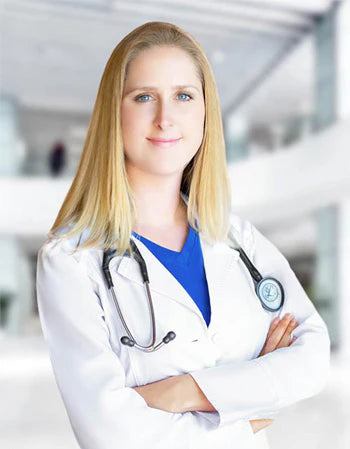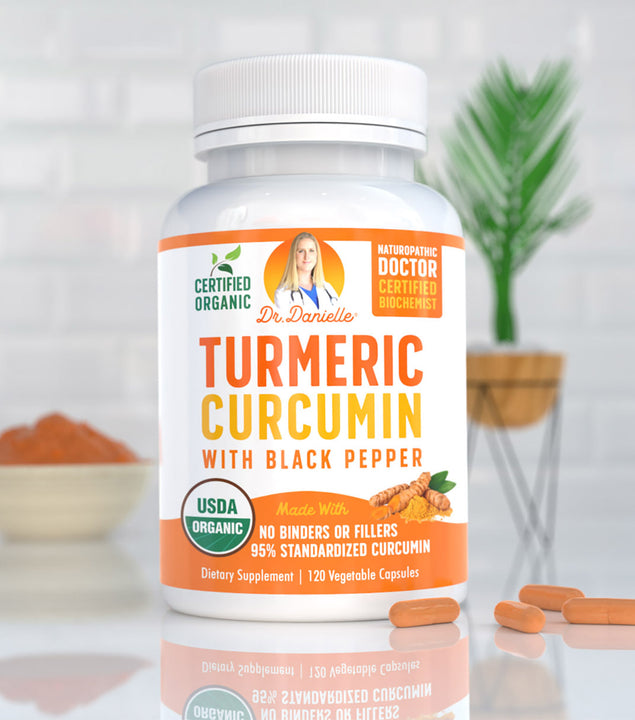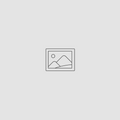"I hate it.."
"I can't stand this mask anymore.."
"This mask has made my life miserable.."
These are some extremely common reactions coming from patients with sleep apnea and seem to hate the CPAP mask- the gold standard therapy for this sleep-related disorder.
CPAP, short for continuous positive airway pressure, is a technique that includes a mask that covers your nose or face and provides you with a constant air pressure to minimize the breathing issues. While it is a proven treatment for obstructive sleep apnea, wearing a mask and tolerating a continuous airflow can be a nightmare! And rightfully so, for it is uncomfortable, tight-fitting, and can make you claustrophobic.
But if you decide to give up the CPAP technique, is there any other way you can manage your condition? Definitely!
This article will discuss some best sleep apnea alternatives for you to try out!
#1-Exercise

Obstructive sleep apnea occurs when the muscles of your airway become floppy and your tongue posture is altered. For both these problems, sleep apnea exercises can greatly help!
Just like going to the gym every day can tone up your arm muscles, several exercises for throat and mouth can return the tone of your respiratory and tongue muscles to promote easy breathing. With tauter and stronger muscles in the throat, you will be less likely to snore or choke during sleep.
These exercises are known as myofunctional exercises and research has proven that performing them regularly and repeatedly can prevent the floppiness of muscles during sleep. (1) Let's take a look at some of these exercises.
Tongue Slide
Position the tip of your tongue in such a way that it touches your front teeth of the upper jaw from behind. Now, start sliding your tongue in a backward direction along the roof of the mouth. Repeat it several times a day.
Tongue Stretch
Open your mouth and stick out your tongue as much as you can. Use the tongue to touch your chin as your eyes look in an upward direction. Hold this position for 10 seconds before returning to normal. With more practice, aim for an increased duration.
Cheek Hook
Using a hooked finger, pull your left cheek in an outward direction with the help of a hooked finger. Then, pull it inward with the help of your facial muscles. Repeat the exercise at least 10 times a day on each side to strengthen your facial muscles.
Face Exercise
Purse your lips and close your mouth tightly. Then open the mouth and relax your lips and jaws. Repeat it at least 10 times a day to strengthen the jaws and muscles of the throat.
Nose Breathing
An important reason why you suffer from sleep apnea is you breathe from the mouth. Practicing nose breathing can provide significant relief from the symptoms as it stabilizes your airway.
To practice nose breathing, close your mouth, and relax the jaw. Now slowly inhale from the nose. Use one finger to close one nostril and gently blow out the air from the open nostril. Repeat this practice multiple times using both nostrils.
How long should you perform sleep apnea exercises to benefit from them? According to most studies, 3 months of continuous myofunctional exercises, for at least 15 minutes a day, can provide significant benefit to the patients with sleep apnea. (2,3)
#2-Oral Appliances

There are many oral appliances for sleep apnea that have proven to provide significant relief from this discomforting problem. Two of these dental appliances for sleep apnea are explained below.
Mandibular Advancement Device (MAD)
This is probably the most commonly used sleep apnea mouthpiece out there. They are quite similar to a mouthguard and are placed inside the mouth in such a way that they snap over your dental arches. The mandibular advancement devices also come with metal hinges that help support your jaw and support them in easing forward, and reducing the symptoms of sleep apnea. (4)
Mouth Guard
Snoring occurs when the tissues at the back of your throat press against other structures, giving rise to vibration, turbulence, and resistance. Using a sleep apnea mouth guard at night can prevent this as it brings your jaw forward and reduces this pressure that your throat exerts on other structures. As a result, the airway is widened, the resistance is reduced, and you can sleep peacefully.
#3-Weight Loss
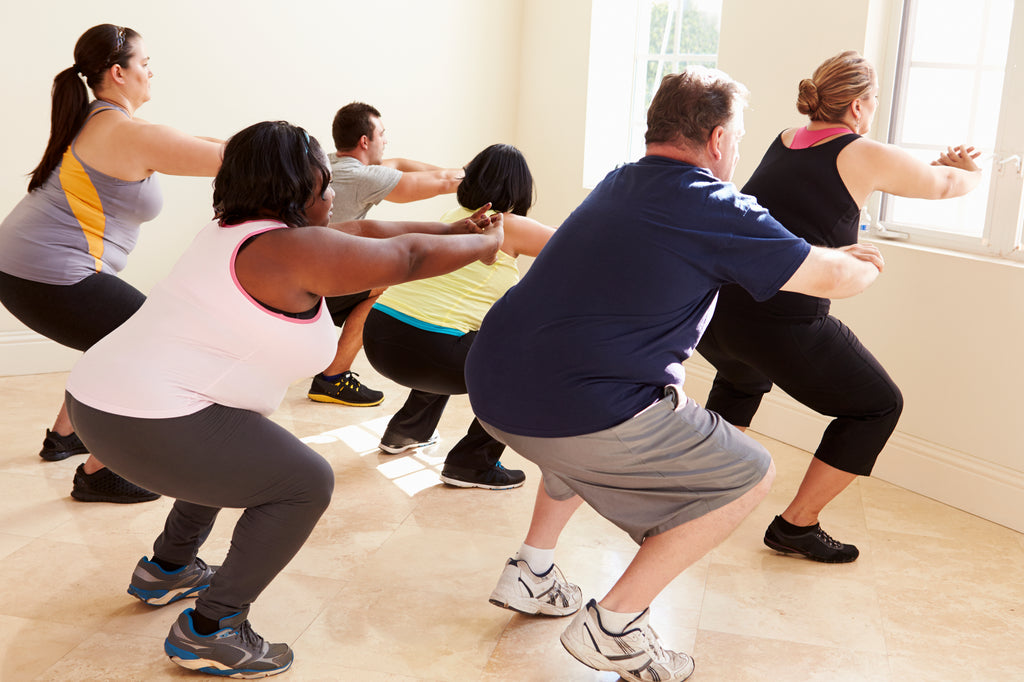
As cliché as it may sound, weight loss has actually been proven to have beneficial effects on the symptoms of obstructive sleep apnea. (5) Why?
Because most cases of obstructive sleep apnea are due to the presence of excessive soft tissue around the neck. Moreover, the more obese you are, the more weight you put on your airway, pushing it down and worsening your condition.
Losing weight can be helpful as it gets rid of the excess tissue and alleviates the excessive pressure on your airway. As a result, you breathe more easily!
#4-Sleeping Positions

A lot of people suffer from positional sleep apnea, a condition that is exacerbated when you sleep in a certain posture. If you think you are one of them, you can adopt various sleeping positions to help with the symptoms.
Everyone has a favorite sleeping posture, but changing it can drastically reduce your snoring and improve your breathing. The best sleeping positions to minimize sleep apnea are:
- Sleeping on your left/right side
- Sleeping on your tummy
- Sleeping on your back with the head elevated
According to the experts, sleep apnea gets worse when you sleep on your back because, in this position, gravity is affecting your body. The tongue tends to fall back on your airway and block it. (6) To avoid this, sleeping on either your left or right side or your stomach is recommended.
Some people might find it awkward to sleep on their stomach while in others, this sleeping posture may lead to a stiff neck. In such circumstances, thin pillows can be used to reduce the strain on the neck as you sleep on your belly.
Similarly, you can also support your body posture with specialized pillows as you sleep on your side. You can learn more about these pillows in the later sections.
If you are not comfortable sleeping on your stomach or sides and have to absolutely sleep on your back, elevating your head is often recommended. You can use pillows to augment your head and make it as upright as possible. Alternatively, you may sleep in a recliner or an adjustable bed to sleep comfortably while managing your symptoms.
#5- Pillows
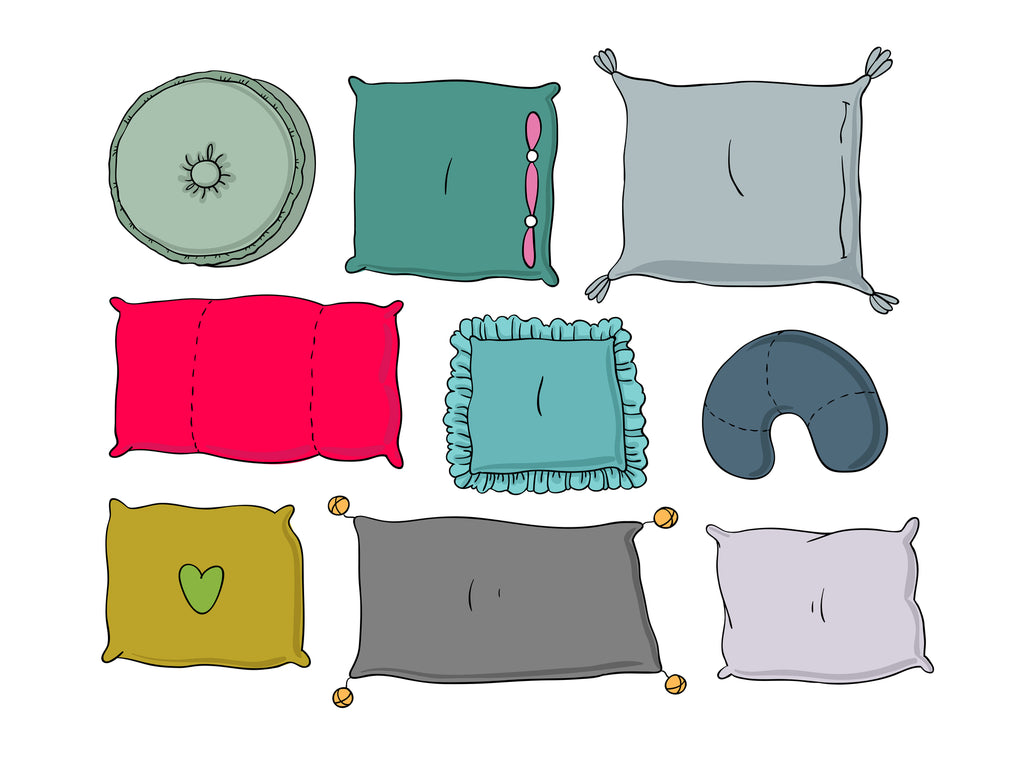
Sleep apnea pillows can be a great alternative for you if you are sick and tired of using the CPAP machine. What these pillows do is position your neck in such a way that your airway stays open throughout the night and you get to sleep peacefully without waking up in the middle of the night. (7)
To choose the best pillow for sleep apnea, remember to look for the following features while making a purchase:
- It is made up of hypoallergenic materials.
- It is washable and easily to dry.
- It has a shape that aligns your shoulders and head to maintain an open airway.
- It is travel-sized and can be carried anywhere.
- It fits your body while you sleeping on your side.
#6-Acupuncture

Acupuncture is an ancient technique that helps you get rid of all sorts of pains and aches. But did you know that it can also be used as an alternative to sleep apnea? Recent research has shown that acupuncture is an amazing alternative for CPAP in patients of sleep apnea. (8,9)
This therapy can not only reduce the severity of the symptoms but may also cut down the number of respiratory events that you suffer from mainly at night. Moreover, this treatment is also cost-effective and can easily be used along with other alternative sleep apnea remedies.
#7-Tennis Ball Technique
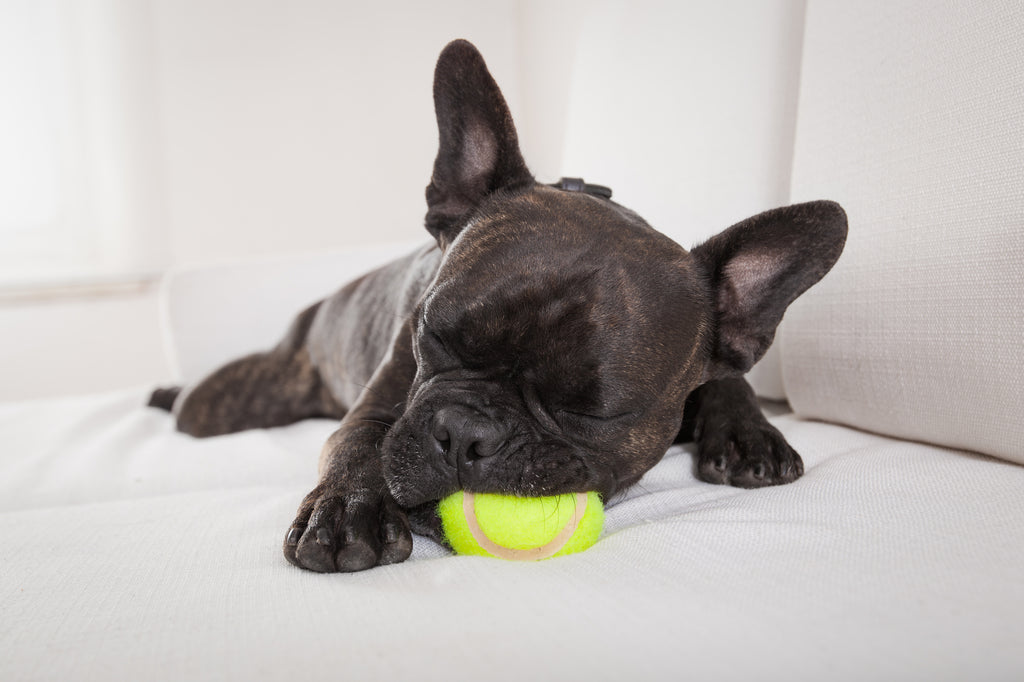
More than half of the people suffering from sleep apnea suffer from a worsening of symptoms when they sleep on their backs. That's because this position blocks your airway with the help of your tongue and the soft palate. This is why it is suggested to all patients with sleep apnea to sleep on their sides. But for some people, this can be a hard thing to do. To make sure you follow your doctor's instructions, the tennis ball technique is often suggested. (10)
In the tennis ball technique, you have to fill a tube sock with a couple of tennis balls and pin it to the back of your pajamas. So when you are asleep and try to change your posture and sleep on your back unconsciously, this sock filled with tennis balls will stop you. As a result, you will sleep better and with quieter snoring.
Concluding Thoughts

The most suitable treatment for sleep apnea is different for different people and usually depends on multiple factors, like the severity of the condition, the anatomical structure of your airways, your personal preference, and your past medical history. Keeping all these factors in mind, you can work with your doctor to decide on the best alternative treatment for sleep apnea that's equally safe and effective for you.



